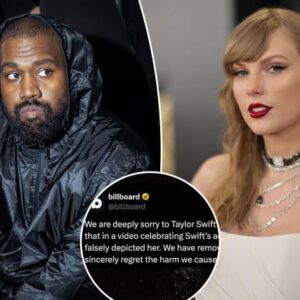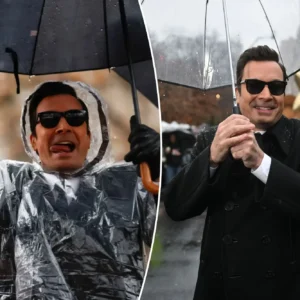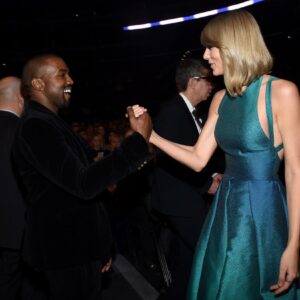In a world where hip-hop transcends mere entertainment to become a cultural phenomenon, the narratives surrounding its biggest figures often take unexpected turns. Among these icons, Jay-Z and Diddy stand out not just for their musical prowess, but also for their astute business acumen and the intricate web of relationships and rivalries that characterize their careers. However, one incident in particular has captivated the public’s attention and raised eyebrows even among federal investigators: their audacious strategies in dealing with the fallout from a series of legal challenges and industry rivalries.

In the late 1990s and early 2000s, both Jay-Z and Diddy were navigating the complexities of their respective careers, which were marked by ferocious competition and high-profile feuds. Jay-Z, with his innovative approach to rap, was making waves with his seminal albums, while Diddy, then known for his hit-making machine at Bad Boy Records, was redefining the music industry’s landscape. Behind the scenes, however, tensions were brewing as the rivalry between East Coast and West Coast hip-hop reached its peak, resulting in legal scrimmages and street altercations that had law enforcement on high alert.
In one infamous incident, law enforcement was drawn into the chaotic aftermath of the hip-hop rivalry, stemming from a series of events culminating in shootings and arrests. What stunned even the FBI was how Jay-Z and Diddy, rather than being embroiled in public feuds or turning to violence, adopted a surprisingly calculated approach to their challenges. Instead of responding with aggression or retaliation, both moguls sought to leverage their status and influence to resolve their conflicts behind closed doors.

This strategic maneuvering became evident during a controversial awards show after-party where tensions between their camps had reached a boiling point. Rather than letting the situation escalate, Jay-Z reportedly brokered a meeting with Diddy and their respective entourages to address grievances. The two legends, despite their competitive nature, recognized that continuing the cycle of animosity could harm their businesses and the artists they represented. In a move that even federal agents found remarkable, they turned to negotiation, seeking common ground rather than chaos. The outcome was an unexpected truce, accompanied by public visual confirmations of their camaraderie during later performances and social appearances, which defied the longstanding perceptions of rivalry.
This incident drew the attention of the FBI for several reasons. Firstly, it highlighted a level of maturity and foresight rarely seen among feuding artists in any genre. Secondly, it underscored the evolving nature of hip-hop, showcasing its potential to be a platform for negotiation and unity rather than violence and division. The ability for two of the genre’s biggest figures to come together and address their differences was a testament to the genre’s growth, and it altered the way authorities viewed hip-hop culture and its impact on society.

Furthermore, as Jay-Z and Diddy transitioned from artists to branch out into various business ventures—including fashion, spirits, and media—they both demonstrated a profound understanding of the importance of alliances and the risks that come with rivalry. Their actions not only reshaped their individual careers but also signaled a shift in the broader narrative of hip-hop, one where collaboration and mutual respect could pave the way for greater success.
In conclusion, what Jay-Z and Diddy accomplished amidst chaos and potential violence was nothing short of extraordinary, even garnering bewilderment from the FBI. Their decision to prioritize dialogue and unity over animosity reshaped their legacies, illustrating that even in competitive environments, collaboration can lead to remarkable outcomes. The incident serves as a powerful reminder of the transformative potential that lies within the hip-hop community—one that transcends mere entertainment, embodying the complexity of relationships, societal challenges, and personal growth in the ever-evolving landscape of music and culture





